______1981-1983 CITY OF MOST
In parallel with his Terezín activities Sozanský explored the 0ate of Most, once a prosperous historic town in Northern
Bohemia set in a delighful countryside. Victim of industrial devastation, the surrounding countryside was transformed into a lunar
landscape, set with huge opencast lignite mines and gigantesque industrial complexes. The fate of the German inhabitants of
Most, after the war transferred to Germany, is equally tragic, a permanent symbol of cultural uprooting. Sozanský’s efforts
culminated with the transformation of the dying town into an environment of reasoned installations in abandoned houses and
streets, recorded in a dynamically conceived documentary. This apocalyptic vision of total extinction, of an undefined chaos of
ruins of civilization and of works of art, is one of the emotionally most pregnant examples of modern Czech art. In his subsequent
projects Sozanský made full use of photography, possibly as an urgent warning of a threat to cultural identity.
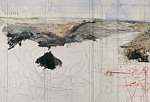 |
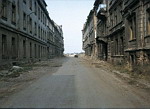 |
 |
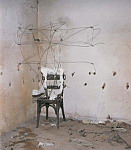 |
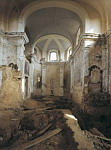 |
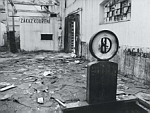 |
 |
 |
 |
 |
 |
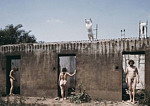 |
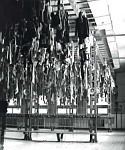 |
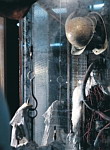 |
 |
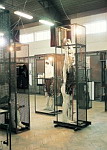 |
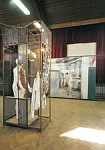 |